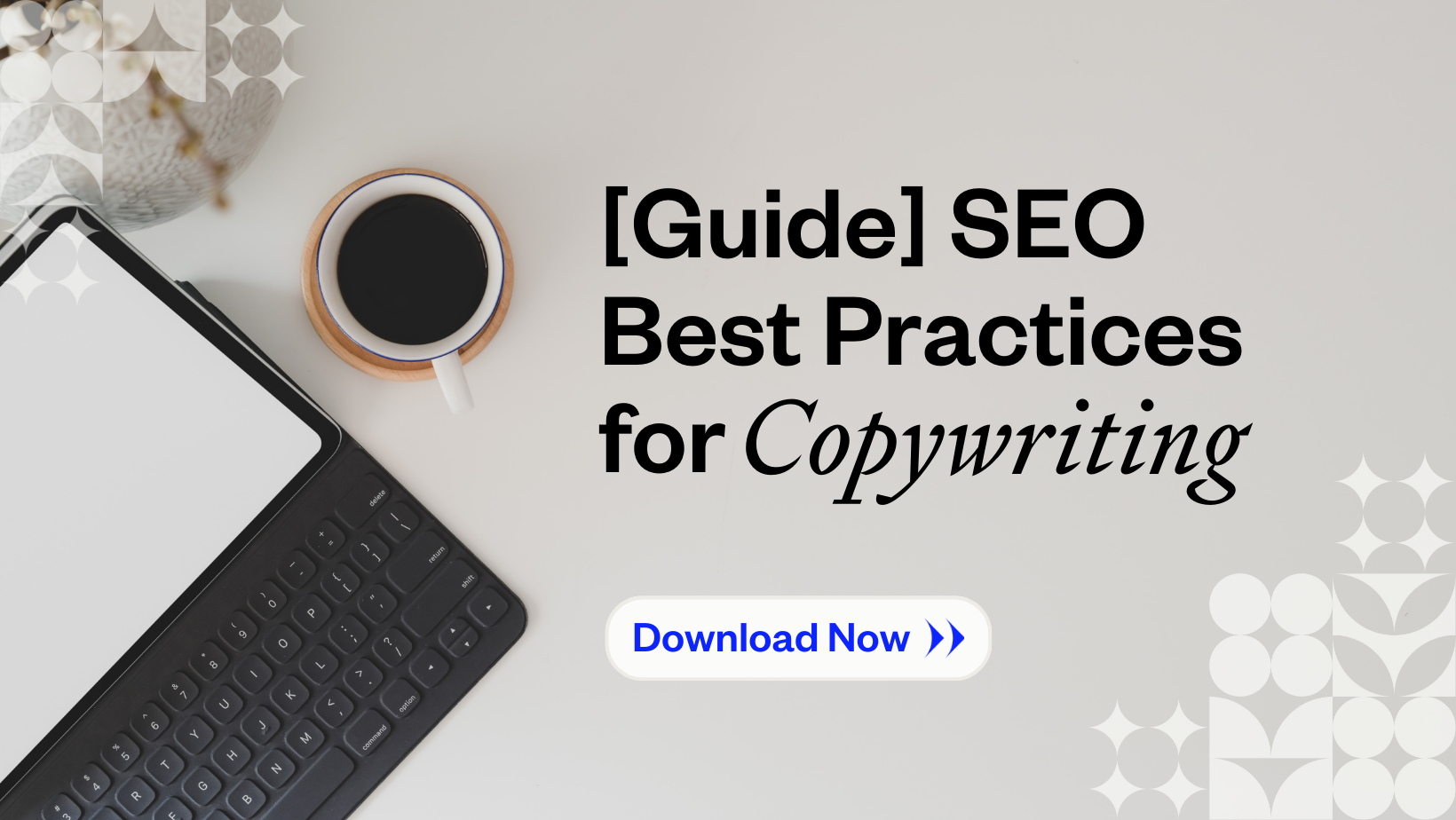Most marketers have seen the positive impacts on traffic and ROI from blog content, but making sure your content is both genuine and optimized for search can be challenging, especially with changing algorithms and trends. Here are the key elements of SEO and content creation that you should focus on, along with some tips and best practices for creating high-quality blog content that drives traffic and engagement.
Selecting a Topic
The main goal of writing new blog content is to show Google and your target audience that you are a trusted, knowledgeable resource. Writing neatly organized, long-form, detailed content that is relevant to your keyword targets is the first step.
We recommend that topics are based on keyword targets or keywords/themes that are closely related to your keyword targets. A good tip is to come up with a calendar of topics that are prioritized by opportunity so that you don't have to do topic and keyword research every time you're ready to publish a new blog post.
Choose a single, highly valuable keyword to target for each article. This should be the term you would like your blog to show up for in search results. Focus on relevancy, long-tail keywords, volume, and user intent.
Content Length
Here are a few guidelines for content length for any given blog post:
- < 500 Words = Needs Work. Unless there is a good reason to keep content shorter, any informative blog post falling under 500 words will probably not do very well organically.
- 500 - 1,000 Words = Good. This is a nice ‘sweet spot’ for most blog posts.
- 1,000 - 2,000 Words = Great. This sort of long-form content usually stacks up well against the competition and almost always has a good chance to rank for the targeted terms.
- 2,000+ Words = Spectacular! When the situation calls for it, long-form posts of 2,000 words can be some of the most powerful content pieces on the site.
Keyword Strategy
Keyword inclusion is the practice of ensuring that you have included the previously determined target keyword/keyword variants throughout the copy of the content.
When it comes to ranking for keywords, Google expects you to discuss words related to the query, as well as the details of those topics and the most relevant topics related to that query. Keyword usage is important because it helps Google decide what queries our content is relevant to and where to rank content.
Titles and Meta Descriptions
Page titles and meta descriptions are the snippets shown in search engine results pages. Titles are also shown in the browser tab.
Titles and meta descriptions not only show in search results but they are one of the biggest signals to search engines of what a page's content is about. A well-optimized title can help you outrank competitors and get more clicks than other URLs in the search results. Think of them as keyword-focused sales pitches that encourage users to click through to your blog post.
H1
The H1 tag is the page's headline. For blog posts, this is usually the same as the page title.
Headings help summarize groups of content for search engines and users, which helps with rankings. They also help users find the content/answers that they are looking for on the page.
Every page ought to have an optimized, targeted H1 tag. The H1 tags should match and/or include the primary keyword as much as possible.
URL
The URL is simply the listing of each page on the site. The URL matters because it is a quick and easy way for users and search engines to determine what the page is about. It also shows up in the SERPs.
URL guidelines are very simple. As long as they are human-friendly, not too long, and descriptive of the content itself, nothing more needs to be done.
Internal and External Linking
Internal links help users find related content easily, and they help search engines prioritize content and better establish categories of content on the site. You can link to relevant, additional resources either on your own website or on external sites and scatter these links throughout your primary piece.
Final drafts for blog posts often have the opportunity to be further enhanced with technical SEO that makes the post more visible in search and more user-friendly.
As you review blog drafts, make sure that paragraphs are neatly and succinctly summarized with headers. Any keywords, phrases, or topics potential clients are interested in should be hyperlinked to a page related to the phrase. Finally, make sure that the page is populated with relevant images.
A consistent blogging strategy is key to an evergreen SEO strategy, which can have a big impact on ROI from SEO efforts. You should always take a holistic approach so that your efforts aren't wasted and you can maximize traffic and ROI from your website copy and content marketing.
